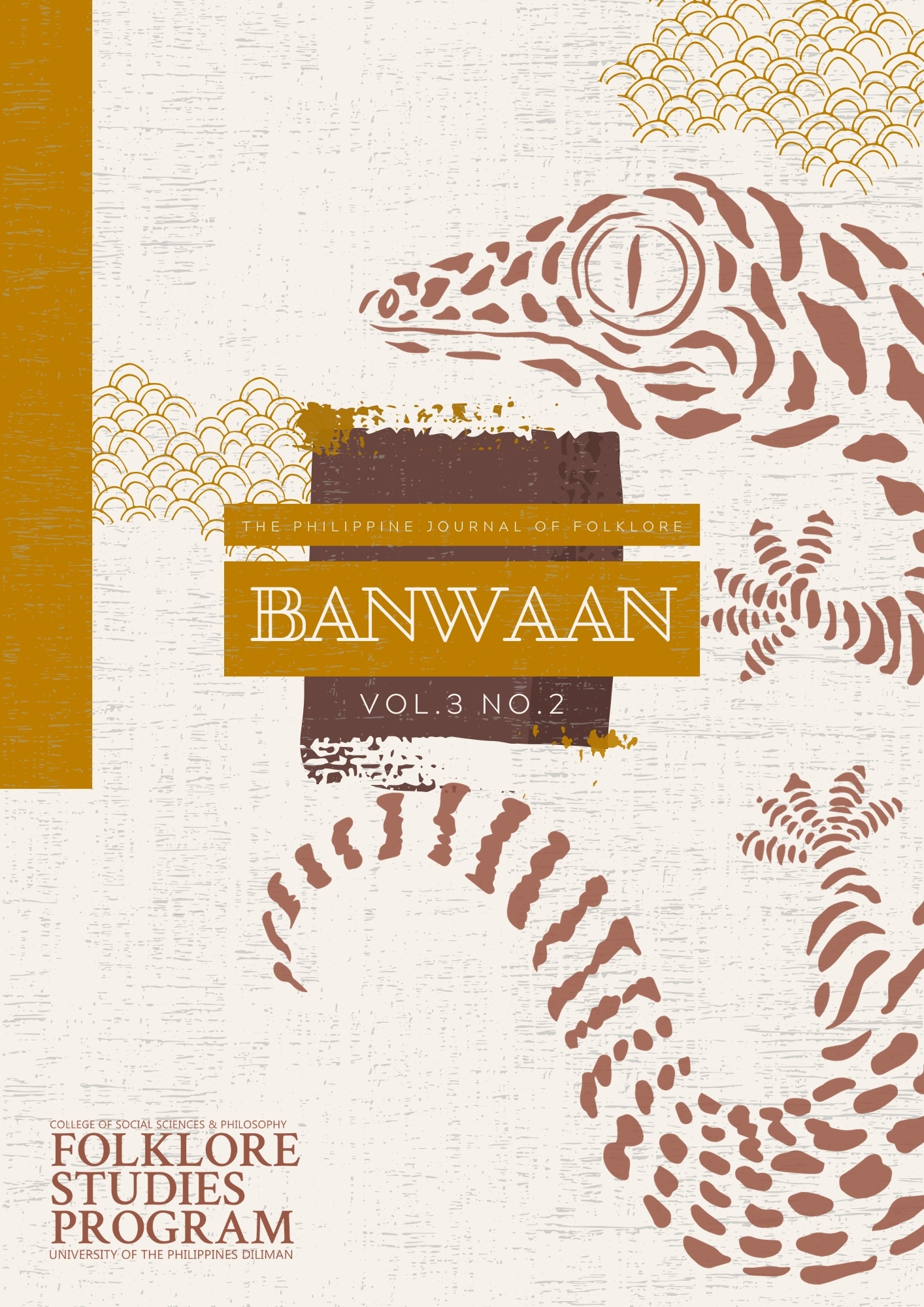Stars of Portent: Comets and Disasters in the Philippine Past, 1566 - 1910
Abstract
This paper shows how the perceived relationship between comets and
disasters developed and deepened among the Philippine communities
through time. Lexicographic data show how indigenous Filipinos
thought about comets and their passing, while ethnographic and
historical accounts provide a glimpse to the knowledge processes which
put into reason these cometary perceptions and predictions. Ancestral
tradition, historical experience, and generations of observations can be
cited as causes that established and strengthened this mentality. The
arrival of Spaniards in the sixteenth century, nevertheless, made these
perceptions more durable and tenacious. As shown in select historical
accounts, Spanish priests and soldiers possessed the popular lore of the
comet-fearing West. Gradual permeation of modern science in the
nineteenth and twentieth centuries combatted these “primitive
superstitions” and “popular apprehensions” through an army of
scientists, scholars, and schoolbook writers. However, comet astrology
persisted among the Filipinos, as seen in print and folklore. The
historical period covered is from 1566, when a comet was sighted in
Cebu, to 1910, the year when the Halley’s Comet graced the Philippine
sky. These comet apparitions marked not only the astronomical events
but also the complementing and conflicting discourses they caused.
Keywords: comet, disasters, ethnoastronomy, astrology, Philippine
astronomy


